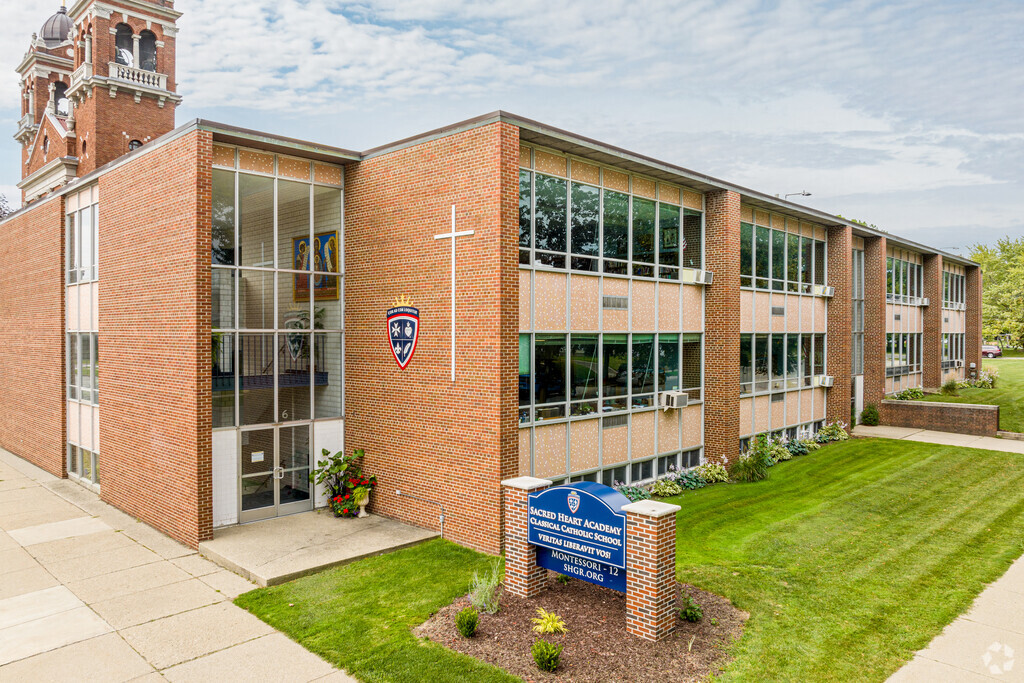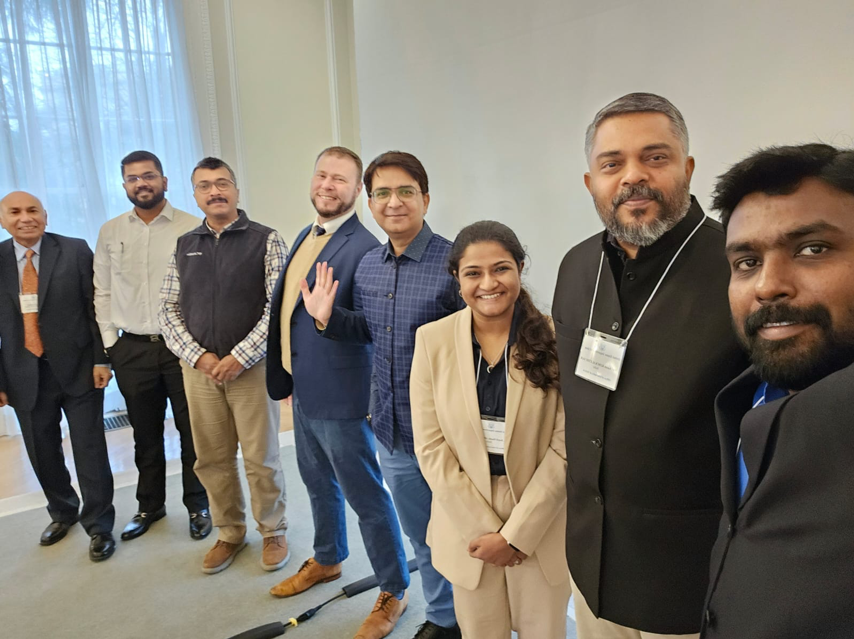By: Robert Woodberry
Despite the negative stereotypes about missionaries, they have effectively improved health, education, economic development, and political representation around the world—seemingly more effectively than government aid and secular NGOs.
On average, people from countries that had one more Protestant missionary per 10,000 inhabitants 90 years ago currently have 1.5 years more education and 1.3 years more life expectancy. Similarly, for each additional year of Protestant mission activity, countries have $25.72 more GDP per capita on average. Even after rigorous attempts to account for competing explanations, the existence of Protestant missionaries explains about half the variation in democracy and 10 percent of the variation in GDP per capita in non-Western countries. On the negative side, Protestant missions are also associated with ethnic violence.
Of course, statistics can be misleading (and I will return to this problem later), but historical evidence enhances the statistics’ plausibility. Since Protestant missionaries wanted everyone to read the Bible in their own language, they spread mass education and mass printing in languages ordinary people understood—often against great resistance. In Africa, missionaries provided over 90 percent of formal education prior to independence and printed the first books and newspapers in virtually every African language. Prior to Protestant missions, both secular and religious elites kept books and education in archaic languages ordinary people could not understand, even in countries with ancient written languages like China, Korea, and India.
Because Protestants used mass education and printing to convert people, other religious groups copied them to minimize conversions. Thus, the Catholic Church created excellent education systems in the United States, Ireland, and India (where it competed with Protestants), but not in Spain, Italy, or Mexico (where Protestants were restricted). Similarly, most societies in Asia and the Middle East knew how to print for hundreds of years, but never printed until Protestant missionaries printed tens of thousands of Bibles and tracts.
Moreover, wherever missionaries went, they were exposed to abuses by colonizers, settlers, and local leaders and often mobilized against them. Missionaries helped turn abolition into a mass movement, fought forced labor, supported indigenous land rights, and so on. Cumulatively, missionary education, printing, civil society, and colonial reform fostered democracy and economic development.
Few countries have had more Protestant mission influence than Botswana. To prevent white settlers from confiscating Tswana land, missionaries brought chiefs to England to bolster petition campaigns and meet Queen Victoria, forcing the government to create a protectorate. Missionaries repeatedly intervened to prevent the British from removing local chiefs and giving power to whites. Before independence missionaries provided virtually all the education and medical work. After independence the prime minister appointed missionaries as speaker of parliament and leaders in bureaucracy. Another was elected mayor of the capital city. Although many deserve credit, Botswana became the most stable democracy in Africa, with the fastest economic growth rate in the world.
Of course, anyone can cherry pick positive examples and ignore negative ones—for instance, some Afrikaans missionaries supported apartheid. But if missionaries were primarily destructive, it is hard to explain the positive association between missions and health, wealth, education, and other factors—unless missionaries went to places that were already healthier, wealthier, and better educated.
Fortunately, in some countries we can measure conditions before and after missionaries arrived, and this evidence suggests missionaries caused the improvements. For example, some countries had no Protestant mission stations in 1870, but gained them by 1890. On average, each Protestant mission station per 100,000 people from 1881 to 1890 is associated with 3.5 fewer years of education in 1870, but 1.3 more years of education in 1900.
Economic growth also increased in places that gained Protestants missionaries. If two countries had identical GDP per capita in 1870, but one country had 10 Protestant mission stations per 100,000 population in 1881, while the other country had none, then by 1913 the “average person” in the country with Protestant missionaries would earn $1,412 more per year than the “average person” in the country without missionaries (in 2014 US dollars).
We can also test missions’ impact via two natural experiments. First, in 1900 the British colonial government drew a straight line across Nigeria and banned missions north of it. Horacio Larreguy compared co-ethnics just north and south of the line. In 2009, people on the south side were more likely to have completed high school (56 percent more likely) and college (26 percent), and to own electric appliances (36 percent), a mobile phone (58 percent), and their own business (26 percent)—among other advantages. Yet the line no longer exists and does not correspond either to a natural border or other differences in colonial policy.
Second, during World War I the British and French captured and divided Germany’s West African colony, Togoland. The British allowed missionaries in the south but not the north, the French restricted missionaries everywhere. Denis Cogneau and Alexander Moradi show that people are currently more educated on the British side, but only in the south, where people born 1930-1954 have 3 more years of education and their elementary school completion rates are 26 percent higher. Natural experiments in China and India show similar results.
Given the weak and mixed evidence for the effectiveness of governmental and secular aid programs, it is worth studying why missionaries seem to have been so effective.
Robert Woodberry is an associate professor of political science and director of the Project on Religion and Economic Change at the National University of Singapore.
This piece was originally authored on June 18, 2015 for the Religious Freedom Project at Georgetown’s Berkley Center for Religion, Peace, and World Affairs.
THE RFI BLOG

Be More Faithful, Become More Resilient: An Invitation to Religious Institutions

How Soccer Reveals Different Meanings Of ‘Secular’ In France And The US

RFI’s Ismail Royer Meets with Delegation from India

Protecting the Unborn, Mothers, and Medical Ethics: The Stakes of Arkansas’ Amendment

Wisconsin Supreme Court Punishes Catholic Charities for Serving Everyone
CORNERSTONE FORUM

Public Bioethics & the Failure of Expressive Individualism

Religious Liberty in American Higher Education

Scotland’s Kate Forbes and the March of Secularism

70 Years of Religious Freedom in Sweden: Prospects and Challenges


